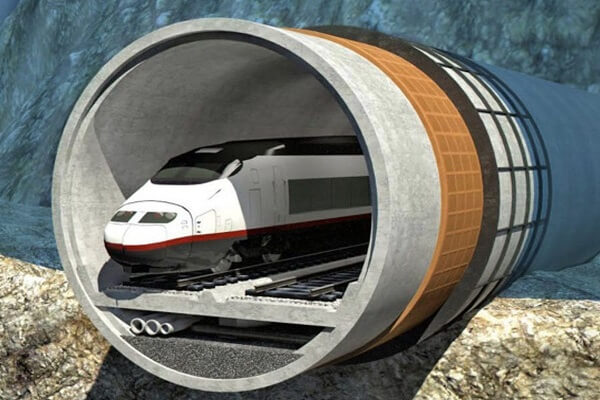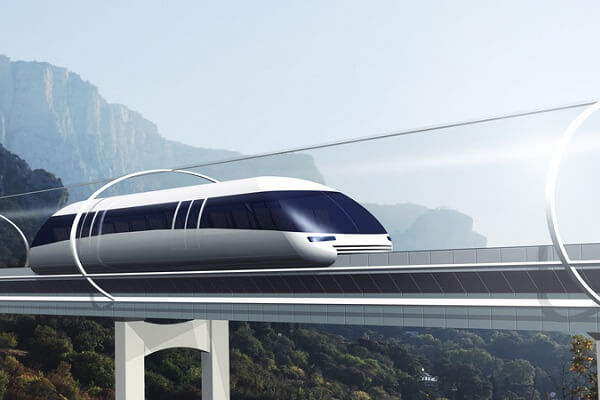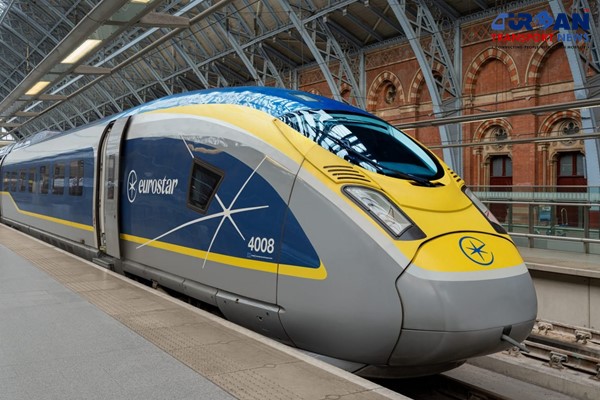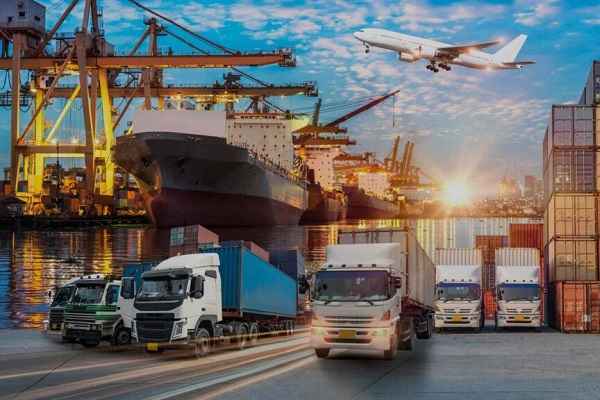 How Weigh-in-Motion Systems Are Revolutionizing Freight Safety
How Weigh-in-Motion Systems Are Revolutionizing Freight Safety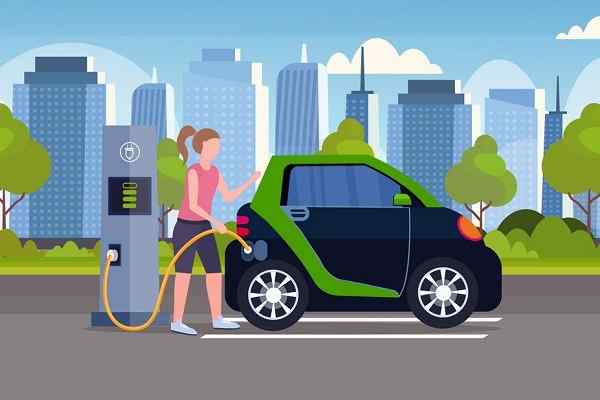 Women Powering India’s Electric Mobility Revolution
Women Powering India’s Electric Mobility Revolution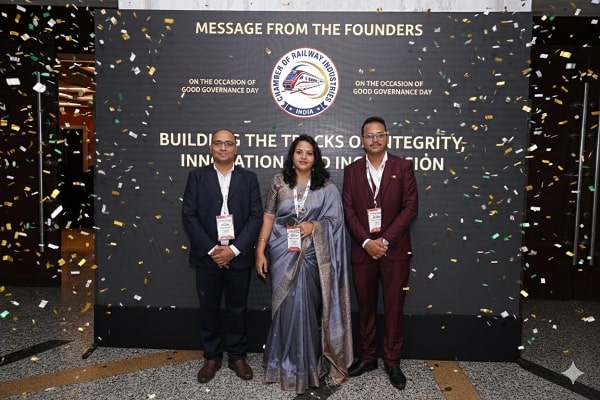 Rail Chamber Launched to Strengthen India’s Global Railway Leadership
Rail Chamber Launched to Strengthen India’s Global Railway Leadership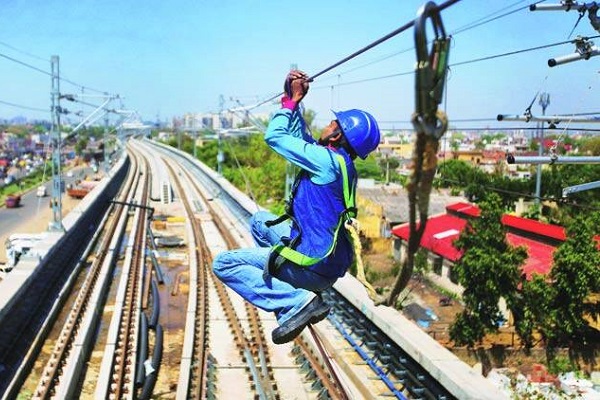 Wage and Hour Enforcement Under the Massachusetts Wage Act and Connecticut Labor Standards
Wage and Hour Enforcement Under the Massachusetts Wage Act and Connecticut Labor Standards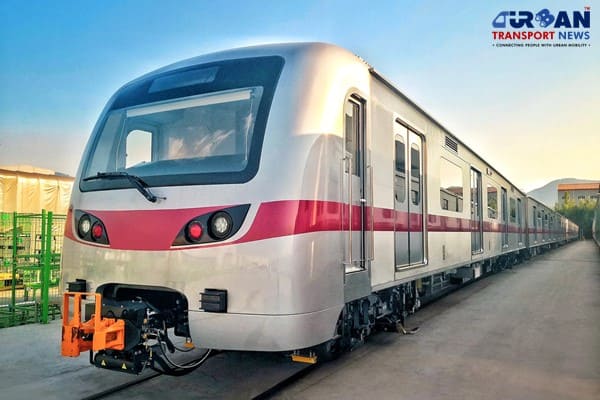 MRT‑7: Manila’s Northern Metro Lifeline on the Horizon
MRT‑7: Manila’s Northern Metro Lifeline on the Horizon Delhi unveils ambitious Urban Mobility Vision: Luxury Metro Coaches, New Tunnels and Pod Taxi
Delhi unveils ambitious Urban Mobility Vision: Luxury Metro Coaches, New Tunnels and Pod Taxi Qatar approves Saudi Rail Link Agreement, Accelerating Gulf Railway Vision 2030
Qatar approves Saudi Rail Link Agreement, Accelerating Gulf Railway Vision 2030 UP Govt plans to introduce Water Metro services in Ayodhya, Varanasi & Prayagraj
UP Govt plans to introduce Water Metro services in Ayodhya, Varanasi & Prayagraj India’s First Urban Ropeway begins Trial Run in Varanasi, Set to carry 1 Lakh passengers daily
India’s First Urban Ropeway begins Trial Run in Varanasi, Set to carry 1 Lakh passengers daily India and Bhutan to Build First-Ever Rail Link: ₹4,033 Cr Project to Boost Regional Connectivity
India and Bhutan to Build First-Ever Rail Link: ₹4,033 Cr Project to Boost Regional Connectivity
Exclusive Interview of Achal Khare, MD, National High Speed Rail Corporation
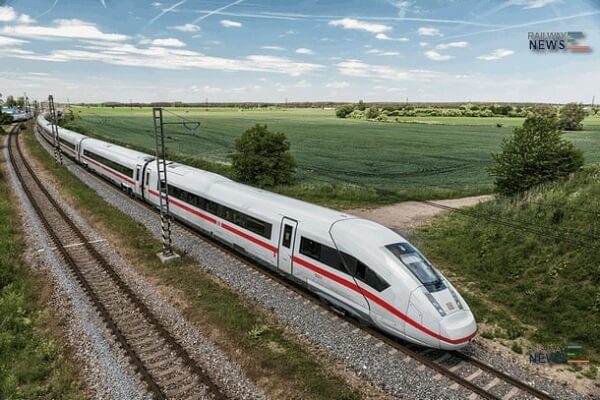
The Mumbai-Ahmedabad High Speed Rail corridor is going to be built for the first time in the country and it is making headlines from the beginning. In a recent interview with Dipak Dash, Mr. Achal Khare, Managing Director of National High Speed Rail Corporation (NHSRCL) has shared his views on all such important aspects related to the project. Here are excerpts:-
This is a high tech-driven project, a first for India. What is the progress so far including designing and transfer of technologies from Japan?
Mr. Achal Khare: The first task was to set standards and specifications for the high-speed rail project. The Japanese government sent 80 engineers in 2016. In two years, we completed the task. This will be like the Bible for all future projects. We have a blueprint for protocols and standards for high-speed rail. The designs and standards were a challenge considering the effect of wind and vibration on trains at 320 km/h. The Japanese side helped us in every aspect from civil engineering to electrical engineering, communication, signalling, and rolling stock.
What is the status of land availability to start work on the ground?
Mr. Khare: Overall, we have nearly 50% of the required land, we took possession of about 620-630 hectares out of 1,380 hectares. In the Gujarat portion, we have very good progress in Vadodara and Ahmedabad. You must be aware of how difficult it is to acquire private land. In Maharashtra, there were some issues, particularly in Palghar.
What is construction time-line?
Mr. Khare: We expect work can start by next July and construction of viaducts (elevated portions) may be completed in three years while the station development work may go for another six months.
Operation and maintenance (O&M) is a major component of this entire project. How is the preparatory work going on?
Mr. Khare: A team will go to Japan in January for three months. Then they will start writing the O&M manual. It will take about two years. We will also be recruiting people including drivers, station staff and others for non-executive duty. We will require about 3,500 people during the O&M phase. Some drivers will work on Shinkansen trains (Japan's Bullet trains).
Japan has done great work on real estate development at stations? Is that a possibility here?
Mr. Khare: We must keep it in mind they have done this in three parts. Area-1 is the station and we will take up this task. Area-2 is generally within 500 meters radius and Area-3 covers areas around one km radius. The main principle is everything should be available within 10-15 minutes. All this requires a lot of policy interventions and we also need to convince the private parties; else it won't work.
How many trains did you plan to run in a day and their frequency?
Mr. Khare: To begin with, there will be 35 trips each way, which is 70 trains a day. We will have service from 6 am to 12 at night. During peak hours, trains will be available every 20 minutes and 30 minutes during non-peak hours. There will be two types - one with only four stops between Ahmedabad and Mumbai and this trip will be completed in 2.07 hours.
There is a view that this is an elitist project or there are debates whether it's worth the cost?
Mr. Khare: Let's go back to a few years. Could we think of escalators at railway stations? We never exposed these opportunities to our rural people. We are very much aware that the affordability of service is the key.
What about the price of tickets?
Mr. Khare: It must be less than the airfare and we have it in our mind. We will have three generals (unreserved) coaches for people to walk in to board the train. The fares will be the same. This will be an advantage over airlines.





